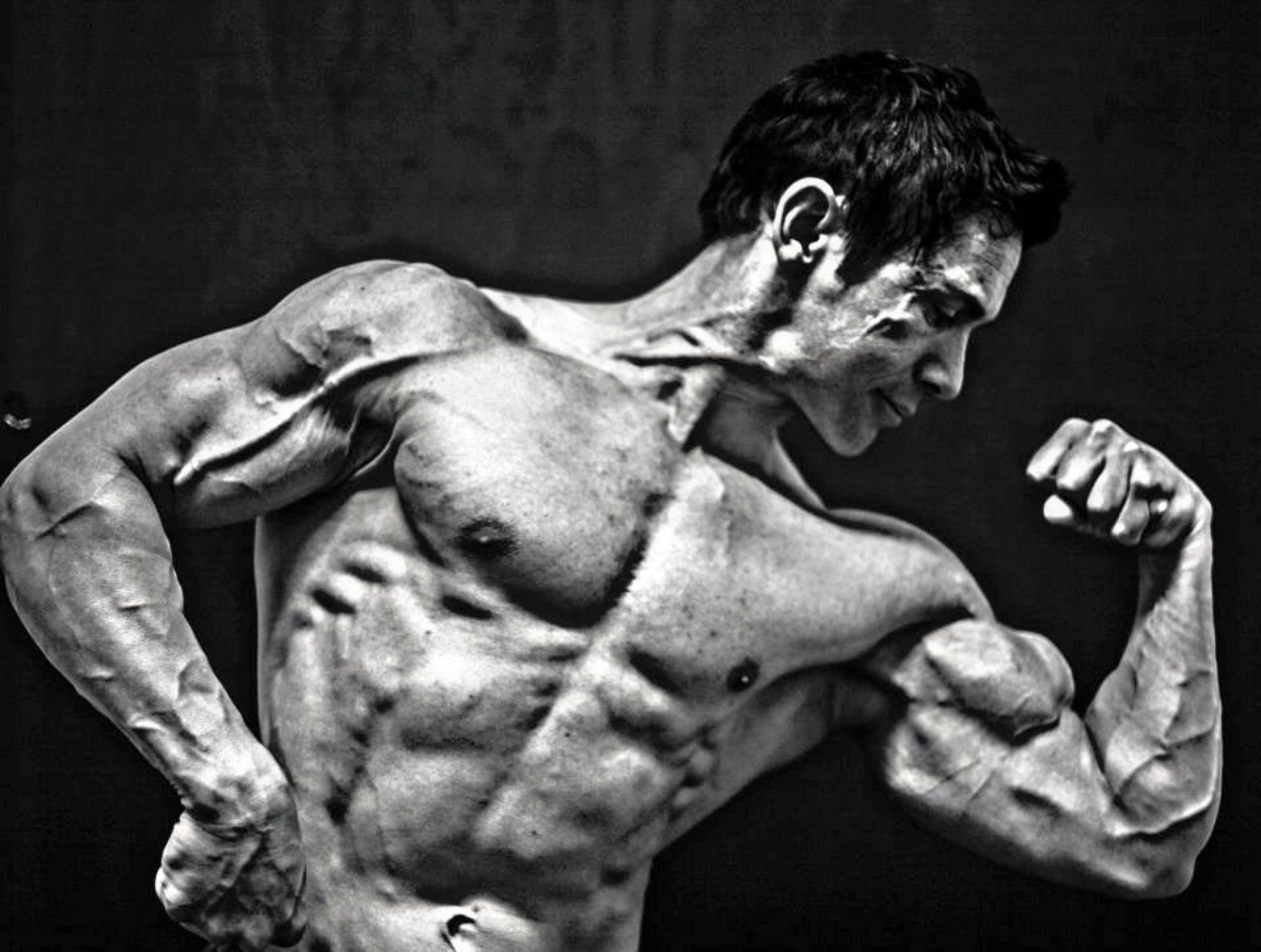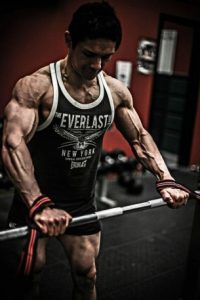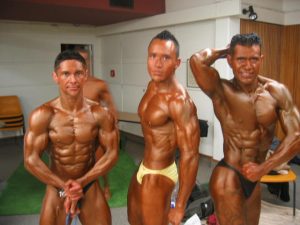If you read or watch a lot of mainstream media you will often get the message that supplements are not necessary for the general population or for people involved in sport- I have often seen doctors on television suggesting that all you need to do is to eat a balanced diet from a number of food groups and you will easily meet your nutritional needs.
In a perfect world where all foods were grown in rich soil, were free of pesticides, toxins, genetic engineering and free of greedy moguls where money over quality is the order of the day this could be true. Or if we all reacted to nutrients the same, again maybe the doc was right.
The fact is we all have different demands, nutritionally, based on our unique genetics, training and habits. It is also really hard to find fresh organic and free range food at an affordable price these days. As natural bodybuilders we need to consider this: could we easily meet our dietary needs as a natural athlete without supplements while following the traditional paradigm of a high carbohydrate, moderate protein and low fat diet?
I remember I had just left school and I wanted to know how I should eat to put on muscle and lose fat, so I read a lot of popular books on the subject- looked at the food pyramid and came up with a plan. What I didn’t realise was that these recommendations were a general plan or a one diet fits all kind of deal (which doesn’t work for a lot of people). After following the diet for a short time I got FATTER, felt weaker and was not a happy trooper! So I researched more and tried different macronutrient ratios till I eventually realised that my dietary needs were more like this: High protein, moderate fat and low carbohydrates.
However there were several issues; one was getting enough protein to meet my daily requirements. That was when whey protein supplements became an integral part of my daily diet plan. It is easy to reach my protein needs of 3 grams per kilo of lean mass (not every one is the same of course-you will need to trial this for yourself. Basically the more carb sensitive you are the higher your protein intake should be to compensate for the reduction in carbohydrates). I would have to eat almost a kilo of meat during the day to meet this demand without supplementation. Eating around 170-250g (which equals around 35-50g protein) of meat a day is all I can handle or have time to sit down for. Also it has been shown through a number of studies that whey is superior for recovery and growth.
Secondly, with more fat in my diet I had to make sure it was the right kind of fat (essential fatty acids). We need to make sure we keep a balance between omega 6 and 3. Generally, most people get sufficient omega 6 fats, but very few omega 3 fats. Eating foods with omega 3 fats and supplementation with flax oil or my preferred fish oil will sort this out. As I have mentioned in previous blogs I feel fish oil has a lot of health benefits and plays a huge part in helping me lean up during pre contest and to stay relatively lean during the off-season.
Thirdly, although my carbohydrates are low I still have to make wise choices and that all carbohydrates are non-processed. I also choose foods that have a low glycaemic index (GI) and load (GL). Even though these foods are natural with lots of bodybuilding benefits our soils (which can lack important minerals) are not what they used to be so supplementation with a good multi vitamin and mineral is a great way to make sure that you meeting your bodies nutritional needs.
Your lifestyle can also have an effect on the amount of nutrients your body uses (these can be quite specific to the individual). When I get extremely busy I will increase the dosage of supplements like Vitamin C, certain B vitamins, magnesium, zinc and glutamine. When I do this I am definitely more able to cope with the demands asked of my job while still being able to get in productive workouts.
There are other occasions where supplementation of a certain nutrient is the only way to get the most benefit from it; creatine is the perfect example. You would have to eat a ridiculous amount of meat (especially during the loading phase) to get the same amount of creatine from a supplement. Considering this a relatively cheap supplement and proven to be an effective muscle builder it is a no-brainer! Other supplements are much the same, supplements like nitric oxide boosters are often some form of arginine (found in nuts and other foods) but in a more concentrated form to give you more muscle building benefits.
Let’s face it sometimes you shouldn’t always believe what you hear or see in the mainstream media. The quality or nutritional content of the food we eat can often be out of our hands due to soil, cost and other factors. Also, sometimes it is just not practical to eat the amount of a food necessary to get all the benefits from the nutrients it contains.
So are supplements necessary? I would say heck yeah! Supplements can be extremely effective when used alongside a suitable nutritional and training plan for you. If your goal is to reach your potential as a natural bodybuilder I wouldn’t train without them!


